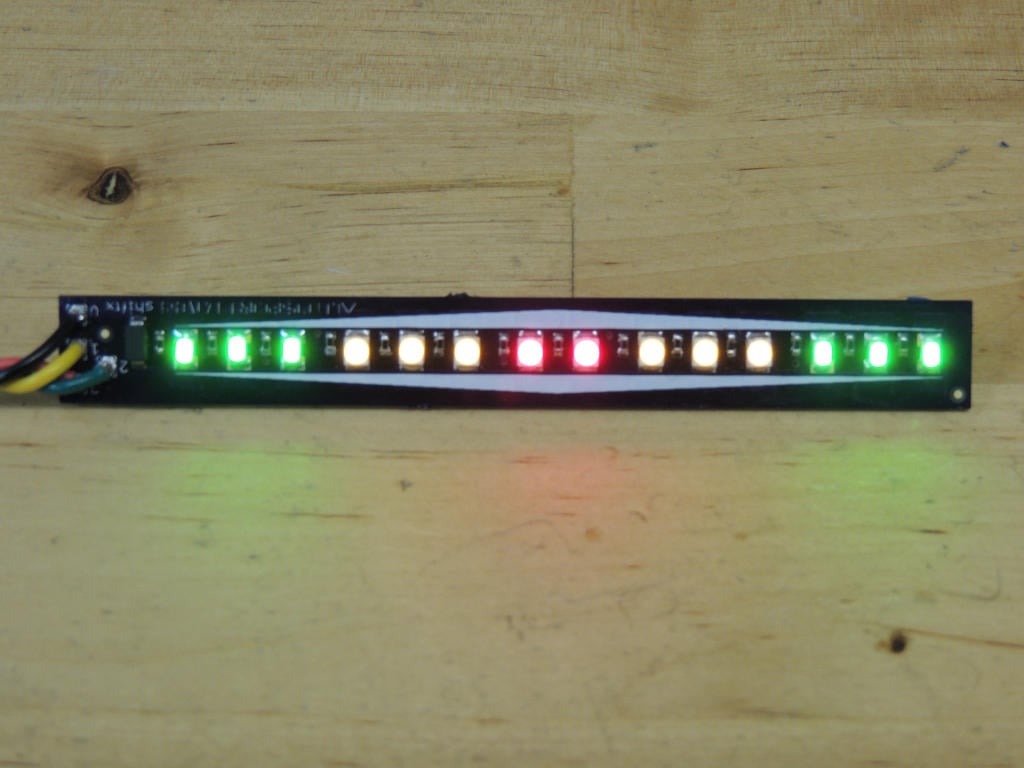
Firstly, the center-to-limb variation of Doppler velocities measured with LARS reveals a significant discrepancy (up to 200 m s −1) to the full-disk Dopplergrams of the Helioseismic and Magnetic Imager (HMI). The analysis of the time- and bisector-averaged line shifts yields three distinct results. When approaching the solar limb, the bisector transforms into a “\”-shape. Being a signature for convective motions, the bisector curve of Fe I 6173.3 Å describes a “C”-shape at disk center. We applied a bisector analysis on the spectral lines to reveal the changes of convective blueshift and line asymmetry at different heliocentric positions. The solar spectrum around 6173 Å was calibrated with a laser frequency comb on an absolute wavelength scale with an accuracy of a few meters per second. The solar disk was scanned along the meridian and the equator, from the disk center toward the limb. We performed systematic observations of the quiet Sun with the Laser Absolute Reference Spectrograph (LARS) at the German Vacuum Tower Telescope. Spectroscopic high-accuracy measurements provide us with a refined determination of the absolute convective blueshift and its atmospheric distribution from disk center to the solar limb. This Doppler shift to shorter wavelengths is commonly known as convective blueshift.Īims. Granular convective motions reach into the lower solar atmosphere, typically causing photospheric spectral lines to exhibit a differential line shift.

Menlo Systems GmbH, Am Klopferspitz 19, 82152 Martinsried, GermanyĬontext. 6, 79104 Freiburg, GermanyĮ-mail: für Quantenoptik, Hans-Kopfermann-Strasse 1, 85748 Garching, Germany Kiepenheuer-Institut für Sonnenphysik, Schöneckstr.

Punctuation and style concerns regarding equations, figures, tables, and footnotes Keep things dim and, if possible, sit somewhere without glare and reflection from the screen that can further irritate your eyes. Nonetheless, try to keep the recreational screen time to a minimum to compensate for the more-than-usual essential screen time.Īlso, adjust the lighting in the actual room if you have control over that. That's easier said than done these days, however, with work from home, Zoom calls, virtual school, and more. The fact that this also benefits your eye health is mere icing on the cake.Īnother great way to reduce your exposure to blue light: limit your screen time overall. It's a good idea to get up, stretch, and walk around at least once every hour anyway, for your general health and well-being. Open and close your eyes as well to help relax them. Every 20 to 30 minutes, look away from the computer monitor for a minute or two, focusing your eyes on something else (non-electronic, of course) to recalibrate your vision, so to speak. And in terms of color temperature, try to use a profile that has more reds than blues to put less strain on your eyes. If you are burning the midnight oil and working away at night, use the computer's night mode if it has one to switch to a darker background with lighter font versus the usual opposite. But they will adjust over time and your vision will be better for it.

It might take some time for your eyes to adjust to the darker screen. While you might be tempted to crank the brightness up as high as possible, turn it down instead. Source: Sceptre (Image credit: Source: Sceptre)įirst, adjust the screen's setting, including brightness, contrast, and color temperature.


 0 kommentar(er)
0 kommentar(er)
